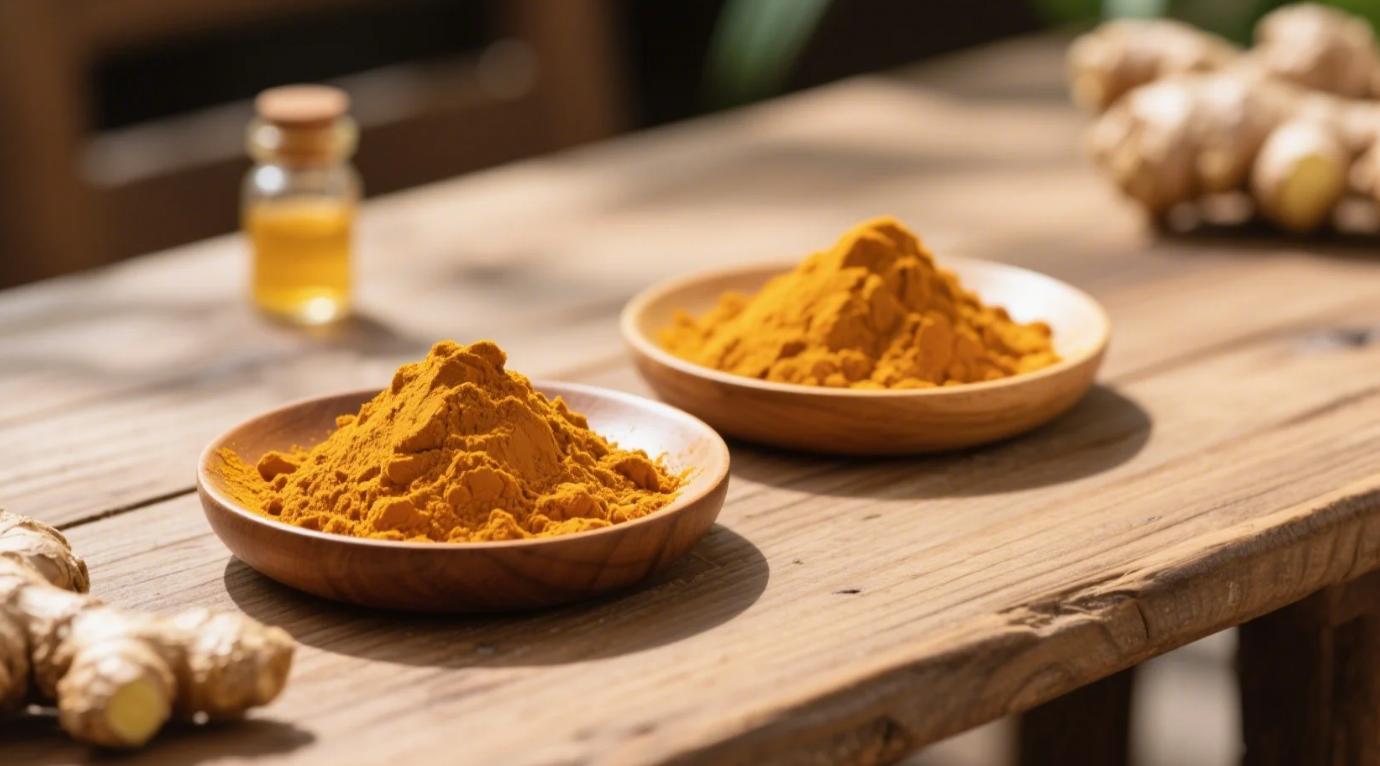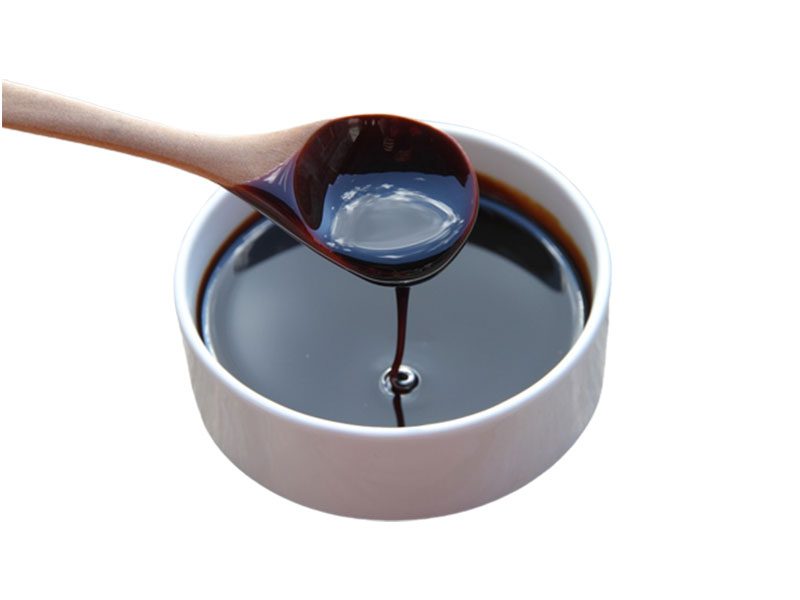Table of Contents
1. Market Momentum: A $3B Green Surge
The global organic wheatgrass market is projected to reach $3 billion by 2025, with powder and juice powder segments growing at 8.5% CAGR through 2033. Demand is driven by Gen Z’s obsession with clean-label nutrition—78% prioritize wheatgrass for its chlorophyll density (20x higher than spinach) and detox properties. Key growth drivers:
- Clinical Validation: Daily intake reduces LDL cholesterol by 18% and improves gut microbiome diversity by 34%.
- Space Nutrition: NASA plans to deploy wheatgrass tablets on 2026 Mars missions for radiation protection and immune support.
- Zero-Waste Innovation: Brands like ORGANICWAY Organic upcycle 95% of byproducts into biodegradable packaging, cutting CO2 emissions by 1.2kg per kg produced.
2. Science-Backed Benefits: Powder vs. Juice Powder
- Whole-Plant Synergy: Retains 100% insoluble fiber and lignans, boosting digestion and binding to toxins.
- Cold-Air Milling: Preserves 98% of vitamins A, C, and E, plus 12mg/g chlorophyll for anti-aging skin benefits.
- Athlete Fuel: NBA teams use it in recovery smoothies to reduce muscle inflammation by 50%.
B. Organic Wheatgrass Juice Powder
- Bioavailability Edge: Concentrated juice extraction removes cellulose, delivering 300% higher nutrient absorption than whole powder.
- Anti-Cancer Potential: Contains 18x more superoxide dismutase (SOD), shown to inhibit tumor growth in preclinical trials.
- Beauty Tech: Estée Lauder’s Chlorophyll Glow serum blends juice powder with blue light therapy to shrink pores by 41%.
3. Disruptive Applications Beyond Smoothies
Culinary Innovation:
- Keto Baking: Replace 30% flour with wheatgrass powder in gluten-free breads—Panera’s “Green Fiber Loaf” adds 5g fiber/slice.
- Umami Fusion: Noma chefs ferment juice powder into vegan miso, driving 150% sales growth for plant-based meats.
Beauty & Healthcare:
- LED-Infused Skincare: Juice powder’s chlorophyll reacts with red light to accelerate wound healing in burn units.
- IV Nutrition: Shanghai clinics administer wheatgrass IV drips with acupuncture, reducing chemotherapy fatigue by 27%.
Sustainable Tech:
- Edible Packaging: Nestlé’s wheatgrass-fiber film dissolves in hot beverages, aiming to eliminate 12,000 tons of plastic waste.
4. Regional Innovation Hotspots
North America:
- FDA Fast-Track: GRAS approval for pediatric formulas (e.g., Gerber’s toddler snacks with 70% less sugar).
Europe:
- Sugar Tax Strategy: Ribena replaced 45% added sugars with wheatgrass juice powder, dodging €100M in levies.
Asia-Pacific:
- Drinkable Skincare: Japanese brands infuse juice powder into kombucha, trending as #GreenBeauty on TikTok.
5. Future-Proof Strategies
Overcoming Challenges:
- AI-Driven Farming: Blockchain-tracked Indian farms predict monsoon yields with 94% accuracy, ensuring ethical sourcing.
- Flavor Engineering: Stevia-fermented variants mask grassy notes—Kellogg’s “Sweet Green Crisp” sold out in 48hrs.
Next-Gen Products:
- Nano-Encapsulation: Liposomal tech boosts SOD bioavailability by 300%, dominating 2026 nutraceutical launches.
- Adaptogen Blends: Moon Juice’s Wheatgrass + Ashwagandha targets cortisol reduction, with 250% YoY growth.
The Verdict: Organic wheatgrass powder and juice powder aren’t just supplements—they’re lifespan-extending tools merging ancestral detox rituals with synthetic biology. With 85% of F&B launches now featuring wheatgrass derivatives (Innova 2025), visionary brands must:
- Partner with regenerative, pesticide-free farms
- Educate on chlorophyll’s anti-inflammatory and anti-cancer roles
- Pioneer hybrid formats (e.g., instant-dissolve powders for IV therapies)
The future is chlorophyll-green—and it’s rooted in radical nourishment.

